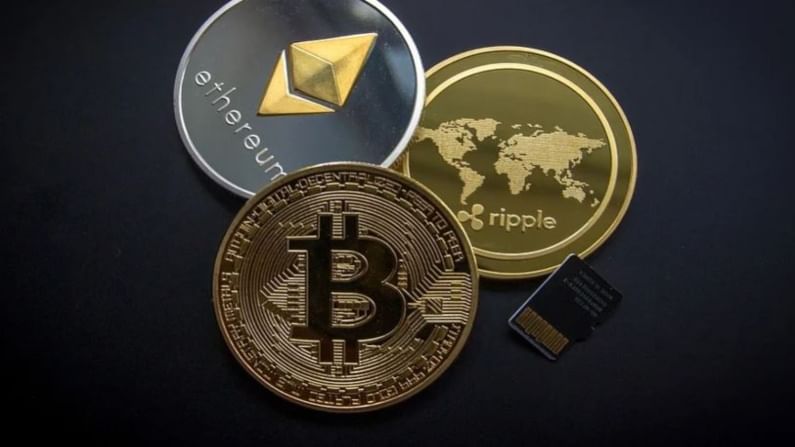Why retail investors are bullish on cryptocurrencies
Cryptocurrency news: The crux lies in understanding technology behind a cryptocurrency and its use-case

A veteran stock market investor, Pervez Hameed Sheikh has been a long-time sceptic of cryptocurrencies. He is a seasoned full-time investor who has to have a convincing investment rationale before he invests a penny. “I had a negative perception that such currencies are not worth investing. I did not understand the rationale,” says Sheikh. Sheikh has now ‘dipped his single toe’ to test waters.
“I started reading up about it and discussed it with like-minded people. I attended a webinar where the expert explained that it’s like investing in future technology. For example, Ethereum is a platform where new services are launched. It has a use-case. I am clear that I don’t have to invest in Dogecoin which has no rationale. I invest in cryptos having sustainable revenue model,” he says.
SIP method
Sheikh has started weekly SIPs in five coins — Bitcoin, Ethereum, Litecoin, Binance and Polygon (MATIC).
“I invest a very small amount each week spread across these five coins. It is as much as having pizza party with five friends. This is just to see how the crypto market behaves. I have given myself at least three years to stay invested and track the crypto market,” he says.
There are more investors like Sheikh who are taking a rational call on cryptos. But there are some who are just following the trends to make quick bucks.
Expert view
“There is one coin worth 0.0000001 per dollar. The concept on which it is being popularised is if you invest $100 or $200 in these coins and the value of which reaches to $1, then you will become a millionaire. What people don’t understand is for this currency to reach $1 you need whatever money is circulating across the earth and multiply it by five and put all that money in this coin. It is impossible,” says Aishwary Gupta, a chartered accountant.
Gupta is of the view that about 90% cryptocurrencies will perish in the next few years.
“There are just too many cryptocurrencies. Before investing in one you need to see if it has a use-case and what is its demand and supply – the tokenomics. Most investors in cryptos are not educated about how things work. They hear what friends and peers and YouTube influencers are saying. They want to get rich quickly. But you have to hold these currencies for at least four-five years,” he says.
Giving an example, he says the prices of some cryptos are artificially inflated with the help of influencers.
“A retail investor who does not understand charts cannot analyse price trends. After some opportunists inflate the prices artificially, they dump that currency, but retail investors don’t get a chance to get out,” he says.
Explaining more about the use-cases, Gupta talks about a crypto token named Polygon (MATIC).
“This token was launched with an idea to scale up Ethereum, a blockchain platform that is unable to scale up due to heavy fees and low transactions per second. Polygon network is an answer to it. I bought this token when it was at Rs 2 INR and it went all the way up to 195 INR when bitcoin had crossed $60,000,” he says.
The crux lies in understanding technology behind a cryptocurrency and its use-case.
“Today, when you invest in a particular share, you understand the business, its management, its product demand and the sentiments around. In case of cryptos, it is all about technology, there is no management or tangible product on which the price of the crypto is dependent upon. For investing in this, you need to understand the technology, which most of the investors (I would say 90% of them) do not actually try to. The 10% of the serious investors (in numbers and not in volume) actually understand the technology and the use case behind these cryptos and its potential, and then they invest,” says Mohnish Wadhwa, Partner, Wadhwa & Shah, chartered accountants.